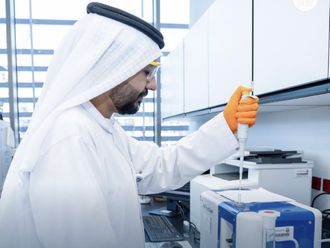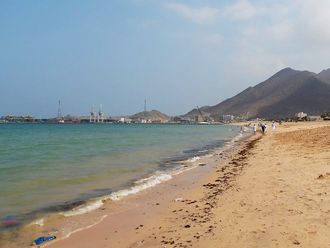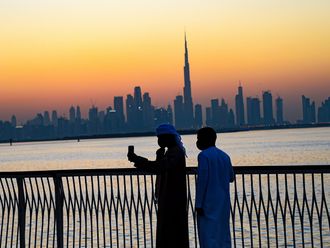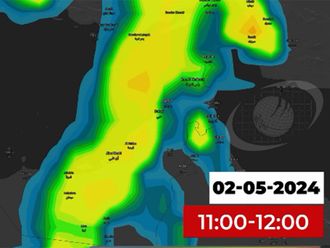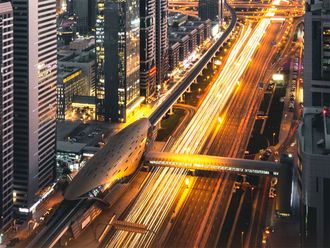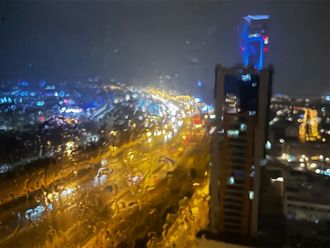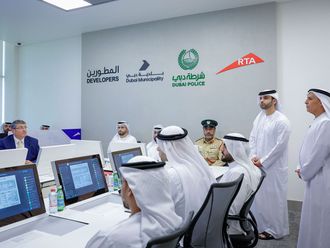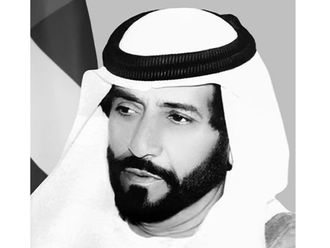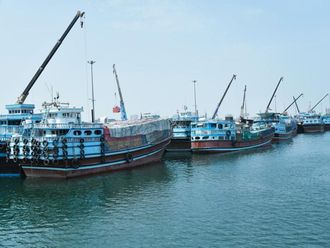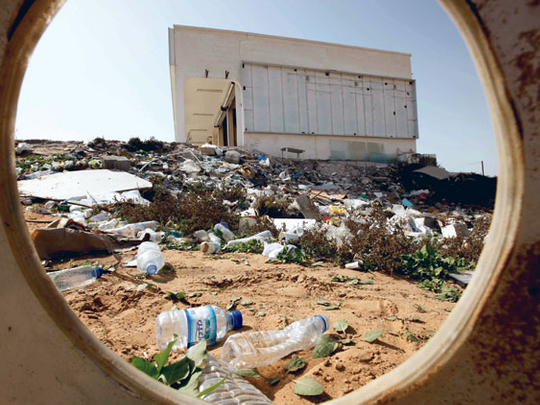
Dubai: Tonnes of methane gas from hundreds of landfills in the region are being released into the air, thus aggravating air pollution and fuelling climate change.
These landfills dubbed "unexploded bombs" by a Kuwaiti researcher, are "cheap" options for Middle East states to produce power but do not address the global problem of mounting municipal waste.
Asides from piling up decades of rubbish, landfills harness toxic and potentially dangerous gases like methane and carbon dioxide gas.
These gases can be used to produce electricity, said Mohammad Al Sarawi, a professor at the Department of Earth and Environmental Sciences at Kuwait University.
In the United Kingdom, 48 per cent of renewable gas and electricity is generated from landfills, he said, highlighting that in the GCC, with more than 120 million tonnes a year of waste produced, similar results could be achieved.
Al Sarawi said the tools to cap a landfill and trap the gas created from decaying waste are available to Middle East countries through clean development mechanisms under the Kyoto protocol.
However, few are opting to recycle their methane as the 2012 Kyoto deadline to reduce C02 emissions looms. Methane is also almost 23 times more harmful than CO2.
Due to fast-paced urban development, residential areas have crept up to the edges of landfills with homes built metres from pits which can stack waste 35 metres deep.
One tonne of waste occupies around 300 cubic metres of land, and produces 1.5 million cubic metres of gases of which around 65 per cent is methane, and 35 per cent is carbon dioxide and other carcinogenic gases.
Speaking at a community lecture organised by the Emirates Environments Group (EEG), Al Sarawi said that landfills could be used to turn "trash into treasure" reducing our dependence on fossil fuels.
"Landfills in general cause a lot of problems and spread disease directly and indirectly. They attract bugs, cause allergies and itching. They are unexploded bombs — but communities are still setting up around them," he said.
Factfile:
- 300 - cubic metres of area occupied by one tonne of waste
- 1.5m - cubic metres of gas produced by one tonne of waste
- 65% - of gas from garbage is methane, the rest is CO2 and other gases
- One square kilometre area of trash can actually produce 3.5 megawatts of electricity from methane.
- Dubai Municipality sends 11,000 tonnes of waste every day to the three municipal garbage dumps for disposal.
Waste to Energy in UAE
Tadweer, a waste management centre in Dubai is working to produce alternative fuel and electricity from waste. It is equipped to produce 1000kw/hr of power using anaerobic digestion technology and through generators processing methane gas.
According to Dubai Municipality 11,000 tonne a day of waste goes to the three municipal garbage dumps for disposal. Research to turn waste into energy is ongoing.
It was recently reported that no more landfill space is going to be used for storing waste in Dubai. Instead another method to draw energy from trash such as a waste-to-energy (WTE) incinerator will be built on a 30-hectare plot in Al Aweer by 2013, and will have a capacity to burn 6,500 tonnes of waste per day. The plant could produce over 150 megawatts - enough to power nearly 40,000 homes.



